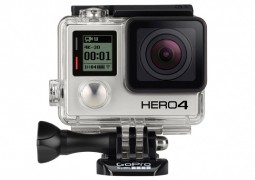10 Sci-Fi Game Tech That Are Becoming a Reality!
by 9 November, 2012 4:31 am0
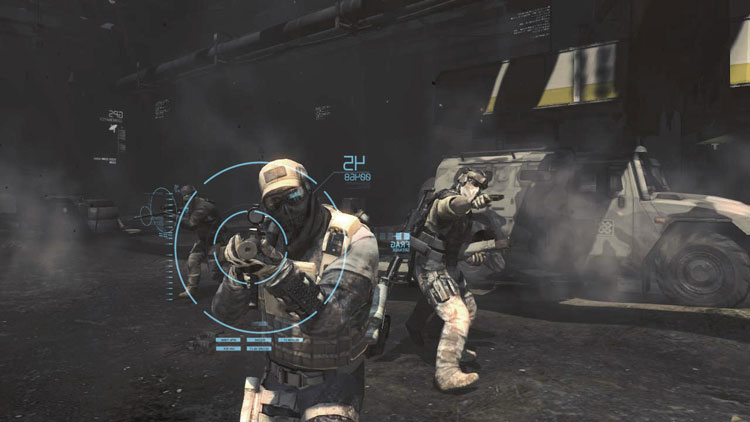
Sci-fi Game Tech – From Virtual Reality to Just Reality
We live in a world where the science fiction of yesterday is the reality of today. The pace of innovation has increased tremendously over the past few decades thanks to the advances in Moore’s law, the discovery of new materials and the amazing rate at which information is gathered and shared on the internet. Nowhere is there greater speculation than in the area of military technology. There are plenty of ways to trace the evolution of sci-fi technological thinking. From the magical realm of Hogwarts to Stark Tower, there is plenty of inspiration to go around.
But what about the typical gamer? It is one thing to read or watch movies featuring stealth cloaks or powered exoskeletons but in a game, the feeling is so more intense because the technology is so much a part of your character. Naturally, while playing Halo or C&C, we naturally tend to ask ourselves, is that actually possible? The truth is, some technology that was portrayed in games a long time ago is already or almost a reality. The following is a list of your favourite in-game military technology that is currently in the process of being perfected for real-world deployment.
Sci-fi Game Tech – Stealth Cloaking Systems

Any decent sci-fi game tech always includes cloaking systems. Military research outfits such as the Pentagon’s Defence Advanced Research Project Agency (DARPA) and the British Aerospace Engineering (BAE), along with others around the world are in a race to create and deploy the next generation of stealth technology. Currently, there are efforts to make military units both invisible and completely silent.
There is a lot of research dedicated to technology to make units invisible to the naked eye. Unfortunately, nothing available resembles the stealth technology deployed on Ghost Recon or the Elites from Halo. However, the concept has been proven the lab. A team at the University of Texas recently managed to cloak a 3D cylinder in free space using a technique called plasmonic cloaking. We only see things because light bounces-off our surroundings and is picked up by our eyes, and the images are processed in our brains. Plasmonic cloaking materials work by scattering light, which in turns makes it look transparent from every angle. The only problem is the demonstration features microwaves. In the visible range, the cylinder is still visible.
Okay, so cloaking technology may still not be able to make a person or unit invisible to the naked eye but does that really matter when you are up against a high-tech enemy that has access to plenty of thermal scanners?

Fortunately, today’s technology does allow for infrared invisibility. Think of the “Wayne Tech” upgrade available in Batman Arkham City that makes Batman invisible to thermal scanners. BAE’s Adaptiv stealth system is not as fancy as Wayne Tech but it does allow tanks, warships, aircraft, etc. to mimic the heat signature of their surroundings.
The system for tanks (above) consists of 14cm hexagonal panels constructed from a special thermo-electric material. The system also uses a special thermal camera to monitor the ambient temperature of the tank’s surroundings and then projects a particular heat signature on to the panels. BAE has actually created a library of heat images to be used on the battlefield. Interestingly, some say this technology can be deployed in as little as two years.

Sometimes having a super-sonic jet is of no use if your enemies can hear you from miles away. That is why DARPA is developing an ultrasonic curtain to lower the noise levels of military vehicles to at-least 30db, which is something like a whisper in a quiet library. Interestingly, not many games feature acoustic stealth.
Sci-fi Game Tech – Powered Exoskeleton


This is my favourite piece of sci-fi game tech. Today’s technology is not capable of making anything close to the Master Chief’s MJOLNIR powered exoskeleton. However, there is something similar to Tom Clancy’s End War, which featured exoskeletons that are similar to what is being developed at Lockheed Martin. The system is called the Human Universal Load Carrier (HULC), which looks quite bulky but has proven itself in mock battlefields. HULC can propel soldiers at 7mph for long periods and even features a burst mode that lets them run at 10mph for shorter periods. The system also allows soldiers to carry 200 pounds for 12.4 miles on a single charge. Lockheed is not the only one trying to develop viable exoskeletons but do not expect this tech to make it to the battlefield any time soon.
Sci-fi Game Tech – Autonomous Combat Robot
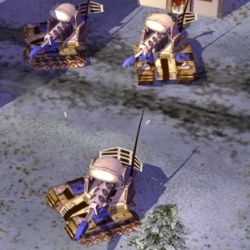
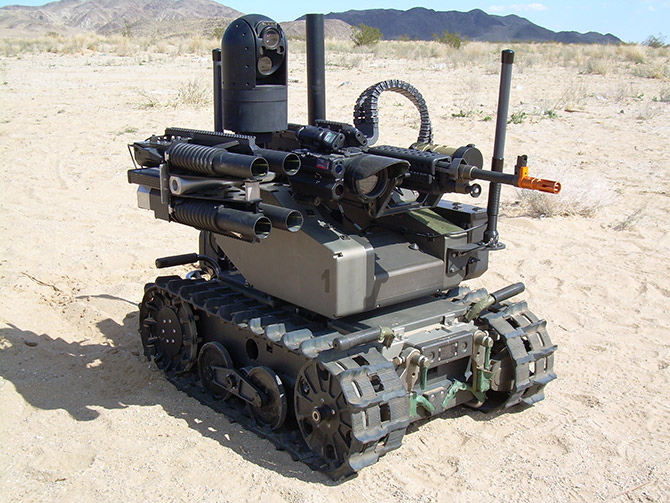
When it comes to sci-fi weapons, gamers need not worry too much about the ethics of combat. So ordering an armed Sentinel robot to patrol an area in C&C Generals, and shoot enemy units on sight is actually quite normal. Now there is something very similar to the Sentinel, which is both armed and capable of autonomous combat. However, commanders have not dared use the autonomous mode for fear of a PR disaster. Nevertheless, the fact that the technology exists is amazing in itself. The same applies to UAVs and other unmanned weapons systems. Autonomous combat robots are necessary if the US or a major power goes to war with a conventional foe, because UAVs in their current configuration are virtually useless if their communication satellites are taken out.
Sci-fi Game Tech – Active Denial System
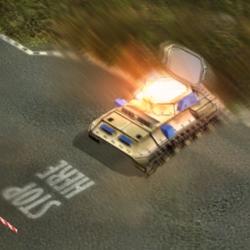
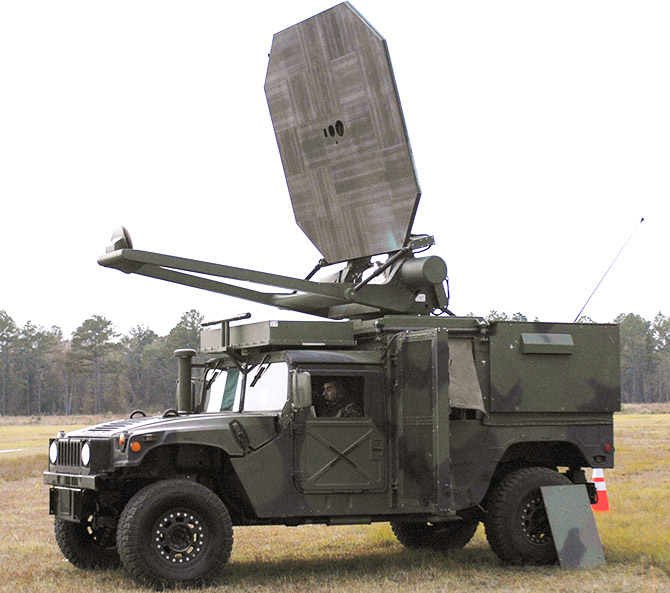
Yet another weapon featured in C&C generals. In all fairness, some of the tech featured was actually in development at the time. Nevertheless, this is an interesting machine and while it may not look like the version in the game and is yet to be deployed in a battlefield, it seems to have a lot of potential. Like the in-game version, it is designed with infantry in mind. It uses a high-energy beam that causes anyone within range to feel like his or her skin is burning without actually causing any damage.
Sci-fi Game Tech – Cyborg Soldier

When the military forces around the world think of cyborg soldiers, they are not currently thinking along the radical lines of Prototype or the UNSC Spartans. However, there are some tentative steps in that direction. For example, there are already a number of programmes that are dedicated to creating custom-designed performance enhancing drugs, brain stimulation systems and even weapons that are plugged in directly to the brain using a Brain Machine Interface (BMI). Drugs and brain stimulation systems are designed to create smarter, faster and sharper soldiers and have been in development for some time. In fact, the US military has a record of experimenting on drugs for air-force pilots deployed on long-endurance flights. Weapons systems that are plugged directly to the brain, on the other hand, are revolutionary. Right now, they are unlikely to create a class of Jedi warriors or technologically advanced UNSC Spartans but in the future, this could be a reality. BMI has already been demonstrated in a variety of environments and in a couple of decades could become mainstream.
Sci-fi Game Tech – Railgun
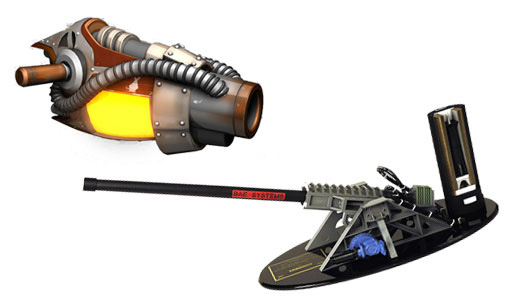

When it comes to brute force, the railgun is the ultimate sci-fi weapon. In the Halo Universe, the rail gun is the precursor to the more advanced Magnetic Accelerator Cannon. Railguns are also featured as defence turrets and even handheld versions. A railgun is an electromagnetic projectile weapon and uses magnetic rails to propel a projectile at several times the speed of sound. The US Navy has done the most advanced research in this area. It has developed a gun that uses 10.6 mega joules to fire a projectile at Mach 7. Unfortunately, the technology still has a lot of issues that need to be sorted out, so you won’t notice this is in the battlefield for at-least another decade (despite what you see in Transformers).
Sci-fi Game Tech – Augmented Reality
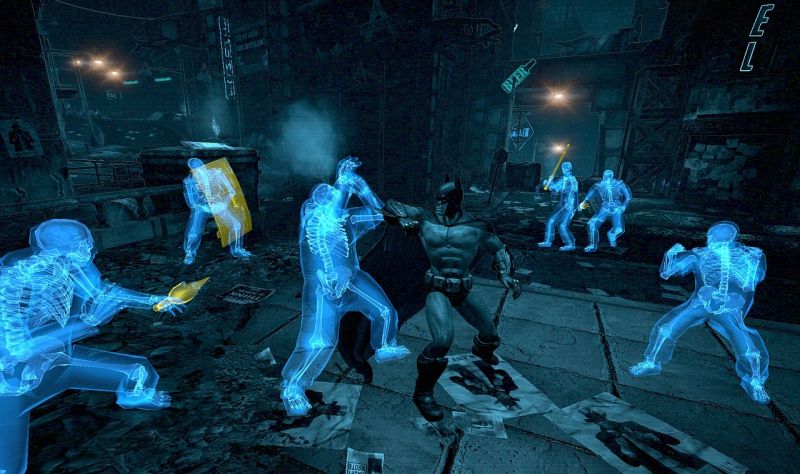
Sci-fi weapons are useless without the fancy augmented reality systems used by our favourite heroes in Halo, Crysis, Ghost Warrior, and even Batman. You have already probably seen examples of Google Glass, which may probably be the first commercial system available. However, you will not be surprised to know that military outfits around the world have been keenly interested in the concept for years. The ultimate goal would be to integrate the technology in something as simple as contact lenses but even though there are tentative steps in that direction, this type of technology will not be launched in real-world battlefields for at least a decade. Early systems may feature something like helmet-mounted systems and then become smaller and more portable.
Sci-fi Game Tech – Self Guided Bullet

Players of Alien Vs Predator will fondly recall the M5G smartgun. Now this doesn’t actually involve self-guided bullets and instead it uses a articulation arm, which is connected to the gunner’s harness. Once a target is identified, the harness automatically guides the gunner and gun to the target. In other words, it is like an ultra-portable robotic gun system. What real-world researchers are looking into is not the gun per-ce, but the ammunition that is fired. Sandia National Laboratories (managed by Lockheed Martin) has developed a prototype version of a self-guided bullet. Like a smart bomb, the tip of the bullet contains an optical sensor that detects a laser beam used to identify the target. As soon as the bullet exits the muzzle, an eight-bit CPU commands electromagnetic actuators to control the movement of four fins located at its rear. Now this is not a perfect system. Researchers with the project suggest that at a half-mile range, an ordinary bullet would miss a target by average of 9 meters. However, the self-guided bullet can reduce that margin to 20cm. Currently, the bullet is too expensive for real-world deployment and anyway the regular smooth-bore rifle barrel is not compatible so a lot of modifications will be necessary.
Sci-fi Game Tech – Laser Avenger Anti-Aircraft System
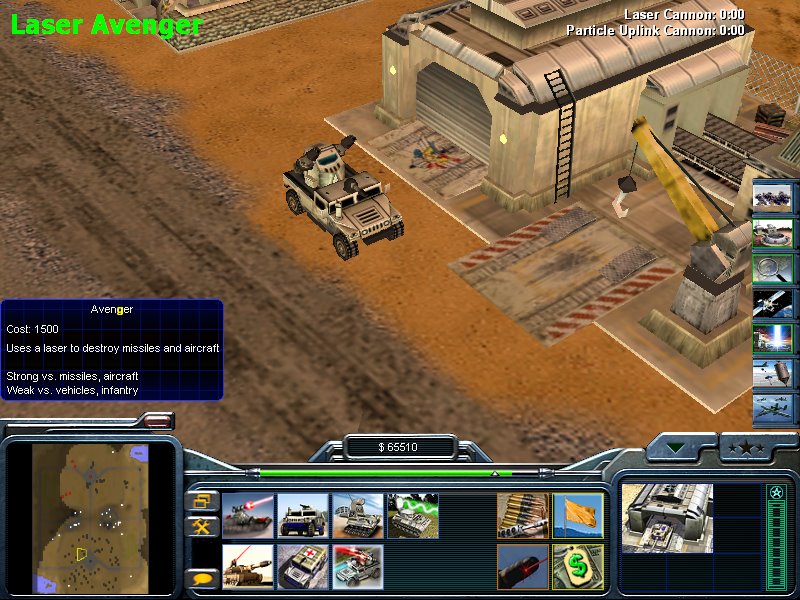
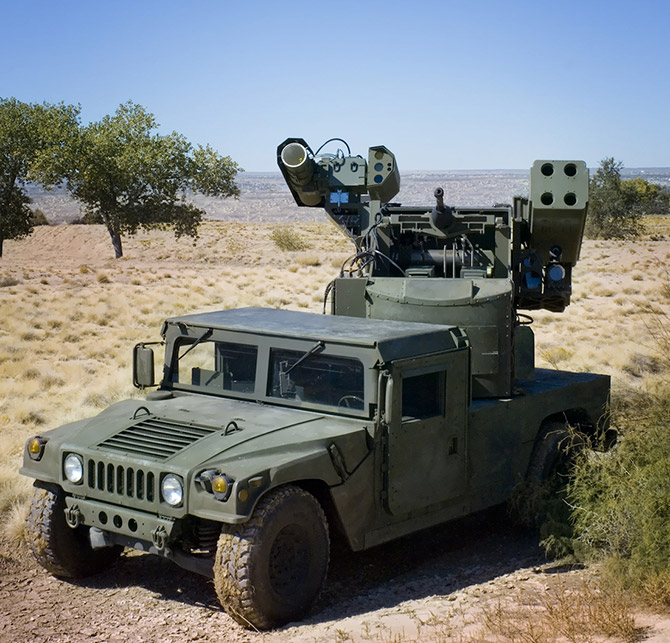
This is somewhat similar to C&C generals but not nearly as advanced. In the game, a few well-placed avengers could quickly take down any airborne target. However, this may actually make it to prime-time much sooner than many of us could have expected. Boeing has already used the system to shoot down a small UAV using only a 1-kilowatt beam. It has also been used to get rid of improvised explosives during various tests. Laser beams are more subtle than missiles and in theory can be do a lot of damage to a variety of different targets but there are still lot of limitations and this type of technology won’t make it to the real world for at-least a decade.
Sci-fi Game Tech – Your Thoughts?
Any sci-fi tech we left out? let us know in the comments below.



